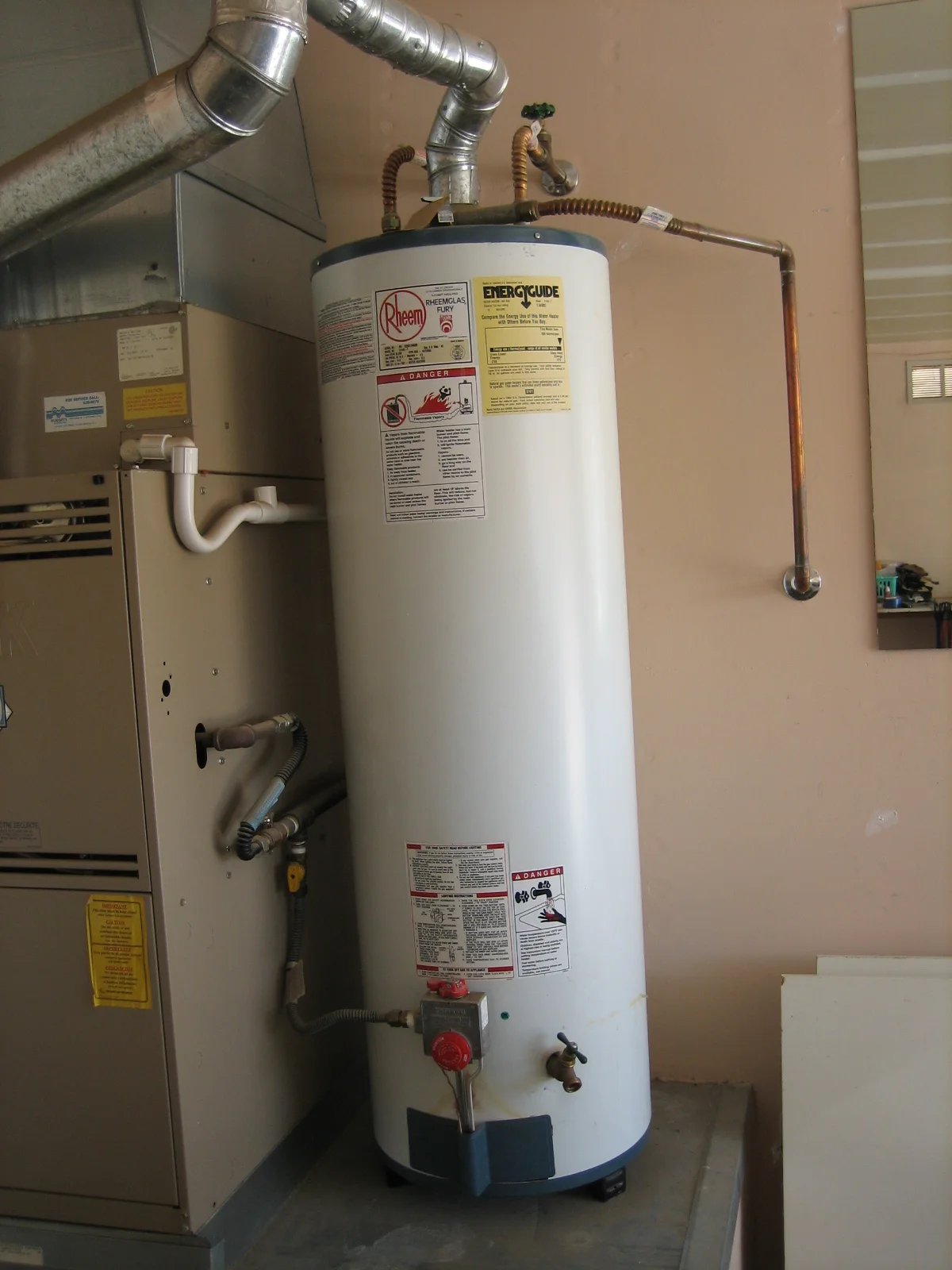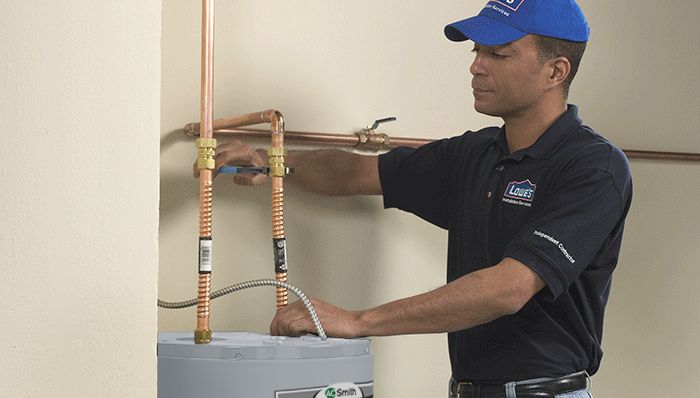Effective Strategies for Maintaining Your Home's Hot Water SystemStep-by-Step Guide to Caring for Your Home's Hot Water System
Effective Strategies for Maintaining Your Home's Hot Water SystemStep-by-Step Guide to Caring for Your Home's Hot Water System
Blog Article
Each person has their unique views involving Tips For Maintaining Your Hot Water Heater.

Warm water is necessary for daily convenience, whether it's for a revitalizing shower or washing dishes. To ensure your warm water system runs efficiently and lasts much longer, routine upkeep is crucial. This article gives functional suggestions and understandings on exactly how to preserve your home's warm water system to prevent disturbances and pricey fixings.
Introduction
Maintaining your home's hot water system may appear daunting, but with a few easy steps, you can ensure it operates efficiently for several years ahead. This overview covers everything from understanding your hot water system to DIY maintenance ideas and understanding when to employ specialist aid.
Importance of Keeping Your Warm Water System
Normal upkeep not just expands the life expectancy of your hot water system but likewise ensures it operates effectively. Disregarding maintenance can lead to lowered performance, higher energy costs, and also premature failure of the system.
Signs Your Warm Water System Demands Maintenance
Knowing when your warm water system requires interest can prevent significant problems. Watch out for indicators such as irregular water temperature level, unusual noises from the heating system, or rustic water.
Purging the Hot Water Heater
Flushing your water heater removes debris accumulation, enhancing performance and lengthening its life.
Checking and Changing Anode Rods
Anode rods protect against rust inside the container. Checking and replacing them when broken is critical.
Complex Concerns Requiring Expert Help
Instances include significant leaks, electric issues, or if your water heater is constantly underperforming.
Routine Specialist Maintenance Conveniences
Expert upkeep can include complete evaluations, tune-ups, and making certain compliance with security criteria.
Examining and Changing Temperature Level Setups
Changing the temperature level settings makes sure optimum performance and security.
Do It Yourself Tips for Maintenance
You can carry out a number of upkeep tasks on your own to maintain your hot water system in leading condition.
Checking for Leakages
Regularly examine pipelines and connections for leaks, as these can lead to water damage and higher expenses.
Recognizing Your Hot Water System
Before diving into upkeep jobs, it's handy to understand the basic components of your hot water system. Normally, this consists of the hot water heater itself, pipelines, anode poles, and temperature level controls.
Monthly Upkeep Tasks
Normal month-to-month checks can assist catch minor issues before they escalate.
Testing Stress Alleviation Valves
Examining the stress relief valve guarantees it operates properly and protects against excessive pressure accumulation.
Protecting Pipelines
Protecting warm water pipelines lowers warmth loss and can save energy.
When to Call a Professional
While DIY upkeep is advantageous, some problems need expert know-how.
Verdict
Normal upkeep of your home's warm water system is essential for efficiency, long life, and price financial savings. By adhering to these tips and knowing when to seek professional help, you can ensure a reliable supply of hot water without unexpected interruptions.
Water Heater Maintenance: The Basics
Maintaining your water heater will ensure it operates efficiently and has a longer lifespan. Neglecting regular maintenance can lead to costly repairs and an even bigger chunk of your savings if you have to replace it sooner than necessary. But there’s good news: Most water heater maintenance tasks are relatively simple and easy for homeowners with basic DIY skills.
Flush the Water Heater
Over time, sediment and minerals can build up in the tank, reducing its efficiency and potentially causing damage. To flush the tank, turn off the power or gas supply, attach a hose to the drain valve near the bottom and open the valve to drain the water until it runs clear. Ideally, flush the tank annually.
Replace the Anode Rod
The anode rod is a sacrificial metal rod that helps prevent corrosion inside the tank. Inspect and replace it every three to five years or per the manufacturer's recommendation. To replace the anode rod, turn off the power or gas supply, drain a few gallons of water from the tank, unscrew the old rod and replace it with a new one. If the anode rod is significantly corroded or covered in calcium buildup, it's a sign the water heater may need to be replaced soon.
Tune-Up
A yearly tune-up can help identify potential issues and ensure your water heater operates at peak efficiency. This typically involves checking the thermostat, burner assembly (for gas heaters) and any other components specified by the manufacturer. During a tune-up, the technician may also clean the burner and adjust the pilot light (for gas heaters) or examine the heating elements (for electric heaters).
How to Maintain Your Water Heater
Insulate the tank. Insulating the tank can improve energy efficiency and reduce heat loss, saving you money on energy bills. You can purchase precut insulation blankets designed specifically for water heaters or use standard fiberglass insulation wrapped securely around the tank. Check the temperature. The recommended water temperature for most households is around 120 degrees Fahrenheit (49 degrees Celsius). Higher temperatures can increase energy costs and potentially cause scalding. Use a kitchen thermometer to check the temperature at the faucet nearest the water heater. Monitor water pressure. Excessive water pressure can strain the water heater and cause leaks or even tank failure. Install a pressure-reducing valve if necessary. The ideal water pressure range is between 60 and 70 PSI (pounds per square inch). Test the temperature and pressure (T&P) relief valve. The T&P relief valve is a safety feature that releases pressure if the tank gets too hot or the pressure builds up too high. Test it annually by lifting the lever and allowing a small amount of water to release. Replace the valve if it doesn't release water or reseal properly. Check for leaks. Regularly inspect the tank, pipes and fittings for leaks or corrosion. Deal with issues promptly to prevent further damage. Even a small leak can lead to significant water damage over time. Consider a tankless water heater. If your traditional tank-style water heater is nearing the end of its lifespan ( typically 10 years), consider replacing it with a tankless water heater. These units heat water on demand, reducing standby energy losses and potentially saving you money on your energy bills. Schedule professional maintenance. While homeowners can perform many water heater maintenance tasks, it's still a good idea to schedule professional maintenance every few years. A plumber or HVAC technician can thoroughly inspect the unit, identify potential issues and ensure it operates safely and efficiently. https://www.homeserve.com/en-us/blog/home-improvement/hot-water-heater-maintanence/

Do you really like more info about Tips on Maintaining a Water Heater? Write feedback further down. We will be happy to hear your ideas about this blog post. We hope to see you back again in the future. In case you enjoyed reading our blog entry plz don't forget to share it. We love reading our article about Tips For Maintaining Your Hot Water Heater.
Phone Report this page